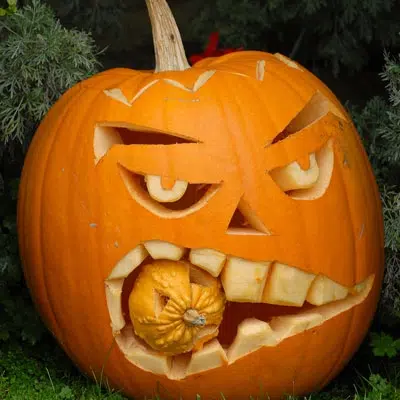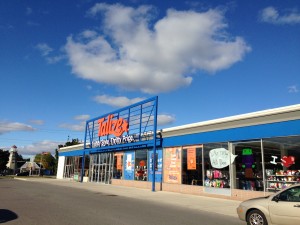
As the October leaves begin to change colour and the temperature begins to significantly drop, Halloween is quickly becoming the topic of discussion for most children and young adults.
Dressing up in unique costumes and trick-or-treating with friends comes to mind when you think of Halloween, but it’s also one day of the year that consumers are spending billions of dollars to prepare for.
According to Forbes, it’s said that Americans spent around $6 billion last year on Halloween, with Canada spending almost as much.
That number is supposed to increase by a whopping $2 billion this year.
Economics professor at Fanshawe College in London, Darren Chapman says that although it’s a scary figure, the economic impact of this spending for big countries like Canada and the United States isn’t that significant.
“Overall, $6 billion out of an economy that’s $18 trillion is a pretty small drop in the bucket, so the economic impact is fairly minor, but it can be significant to certain families. On a macro level, it’s probably insignificant but on a micro level it can be pretty expensive.”
He adds that although spending is usually done at costume and candy stores this time of year, there are other factors that Halloween plays a part in.
“We spend a fair amount on the candy and such, but then there’s those other residual impacts like maybe more on the dentist or tooth paste and so fourth.”
Although the spending can be tough on individual families who don’t have the financial stability to dish out around $80 on costumes and candy each year, all of this spending does have a positive impact on some smaller industries.
Store manager of Talize thrift shop here in London, Dave Costa, says their business thrives off this time of year, and they even have a strategy to get the most bang for their buck.
“We’ll take a look at product lines that aren’t the most successful, decrease those and increase Halloween stock, but we do it carefully so that we’re not going to erode any business opportunities that we might have.”
When shopping for a costume or some candy this Halloween, consider alternatives such as thrift stores and smaller candy shops to not only save a buck but support local businesses in the process.














